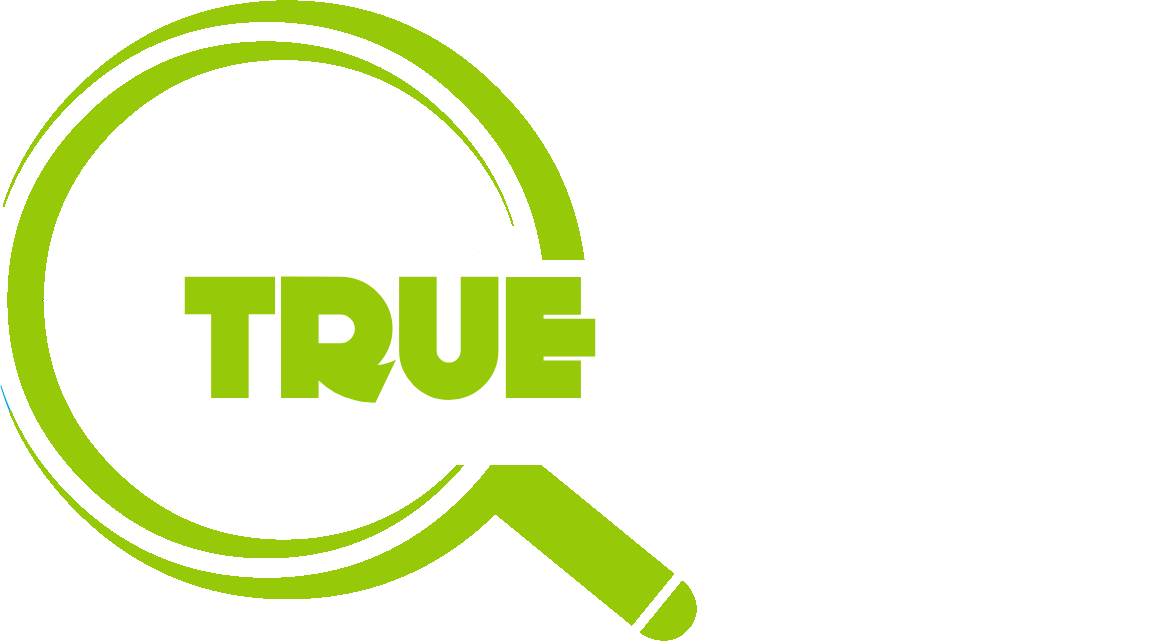Let True Home Valuation, LLC help you discover if you can cancel your PMI
It’s widely inferred that a 20% down payment is the standard when buying a house. Because the risk for the lender is usually only the difference between the home value and the sum outstanding on the loan, the 20% adds a nice cushion against the charges of foreclosure, selling the home again, and natural value changeson the chance that a purchaser doesn’t pay.
The market was working with down payments as low as 10, 5 and even 0 percent in the peak of last decade’s mortgage boom. How does a lender manage the increased risk of the low down payment? The answer is Private Mortgage Insurance or PMI. PMI guards the lender in case a borrower defaults on the loan and the value of the property is lower than what the borrower still owes on the loan.
Since the $40-$50 a month per $100,000 borrowed is compiled into the mortgage payment and many times isn’t even tax deductible, PMI can be pricey to a borrower. Unlike a piggyback loan where the lender takes in all the deficits, PMI is advantageous for the lender because they acquire the money, and they get paid if the borrower defaults.

Does your monthly mortgage payment include PMI? You may be able to save money by removing your PMI.
How can a home buyer avoid bearing the expense of PMI?
With the implementation of The Homeowners Protection Act of 1998, on nearly all loans lenders are obligated to automatically cease the PMI when the principal balance of the loan reaches 78 percent of the initial loan amount. Keen home owners can get off the hook a little early. The law guarantees that, at the request of the home owner, the PMI must be dropped when the principal amount reaches just 80 percent.
Because it can take countless years to reach the point where the principal is just 20% of the original loan amount, it’s crucial to know how your home has grown in value. After all, any appreciation you’ve accomplished over time counts towards dismissing PMI. So why should you pay it after your loan balance has fallen below the 80% threshold? Your neighborhood may not be reflecting the national trends and/or your home may have secured equity before things cooled off, so even when nationwide trends indicate plunging home values, you should understand that real estate is local.
The toughest thing for most homeowners to know is just when their home’s equity rises above the 20% point. An accredited, licensed real estate appraiser can definitely help. As appraisers, it’s our job to keep up with the market dynamics of our area. At True Home Valuation, LLC, we’re masters at identifying value trends in Oregon City, Clackamas County and surrounding areas, and we know when property values have risen or declined. Faced with data from an appraiser, the mortgage company will most often drop the PMI with little trouble. At that time, the home owner can delight in the savings from that point on.
Want to learn more about PMI and the Homeowners Protection Act?
